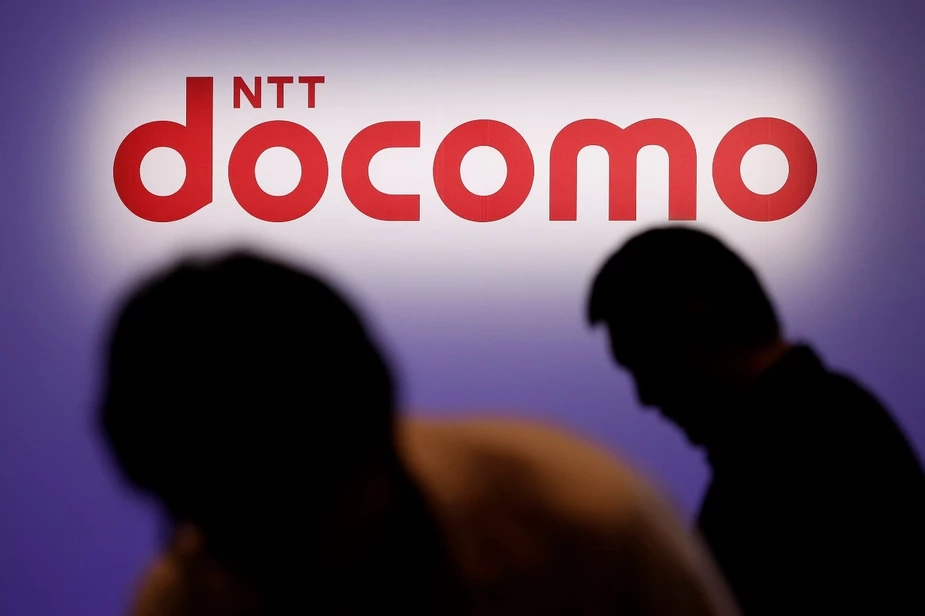Why the Termination of NB-IoT Service in Japan Matters

At the end of March, NTT Docomo Inc., the predominant mobile network operator (MNO) in Japan, shut down its NB-IoT service after only one year. The operator said it will still continue to offer low-power IoT services via LTE-M in an effort to “concentrate management resources”.

While Japan has never been overly bullish on NB-IoT, especially when compared to Europe or China, the decision is significant for several reasons. First, it highlights the challenge many device operators face when deploying IoT devices that require low-power cellular technologies into multiple geographies. Through many conversations with customers, we’ve seen a growing need for low-power cellular connectivity around the world – whether it be for sensors, smart meters, or wearables. However, due to the availability (or lack thereof) of NB-IoT and LTE-M/CAT-M services in various countries, device operators are unable to leverage a “one-technology-fits-all” solution. NTT Docomo’s decision to terminate its NB-IoT service in favor of LTE-M further emphasizes this challenge.
Second, it highlights an industry pivot towards the rollout and adoption of 5G. Docomo is not downsizing because they can’t run NB-IoT and LTE-M networks simultaneously, but because they don’t see clear value in running both. Since NTT Docomo believes its 5G network will be able to handle massive amounts of low-power connections once Release 17 is finalized, it is likely re-allocating precious resources to its overall 5G strategy – a topic we’ll expand on in a future article.
Finally, it stresses the risk that device operators face when relying on a single mobile network operator for connectivity. As NTT Docomo’s decision demonstrates, if one MNO decides to stop offering service or change the terms of a commercial agreement, then a device operator could be put in an extremely difficult position and need to find a new provider or switch to a less-optimal cellular technology for its use case. Both scenarios would likely require the device operator to rip-and-replace SIM cards from devices, which is extremely arduous (if not impossible) once hundreds or thousands are deployed.
In theory, eSIM technology aims to combat many of these headwinds by enabling devices to remotely switch between networks. However, many standard eSIM solutions aren’t designed to be truly dynamic or globally programmable in the way that device operators require.
Because of this, Teal developed the industry’s first true eSIM platform that solves many of the challenges listed above, enabling customers to:
– Access low-power cellular technologies such as NB-IoT and LTE-M in different countries through one platform, ensuring simple and streamlined deployments.
– Remotely upgrade to new cellular technologies without physically replacing the subscriber as 5G networks roll out.
– Seamlessly switch to different networks if an operator decides to stop offering a particular technology or changes pricing.
Conclusion
NTT Docomo’s decision to terminate NB-IoT service in Japan matters because it demonstrates a key challenge device operators face when deploying low-power devices globally, highlights a broad industry pivot towards 5G, and stresses the risk of relying on a single mobile network operator for connectivity. The good news? There’s now a solution that solves these challenges for device operators. Visit us at www.tealcom.ioto learn more.
Recent Posts
TEAL’s Network Orchestration Service (NOS) is Changing Cellular Connectivity
Teal Communications Staff2025-07-15T19:59:45+00:00
How TEAL’s eSIM Technology is Shaping the Future of Drone AAM Policy Under FAA Part 108
Teal Communications Staff2025-07-08T16:48:15+00:00
Empowering Freedom, Independence, and Control Through TEAL’s Network Orchestration Service (NOS)
Teal Communications Staff2025-07-03T16:40:46+00:00




